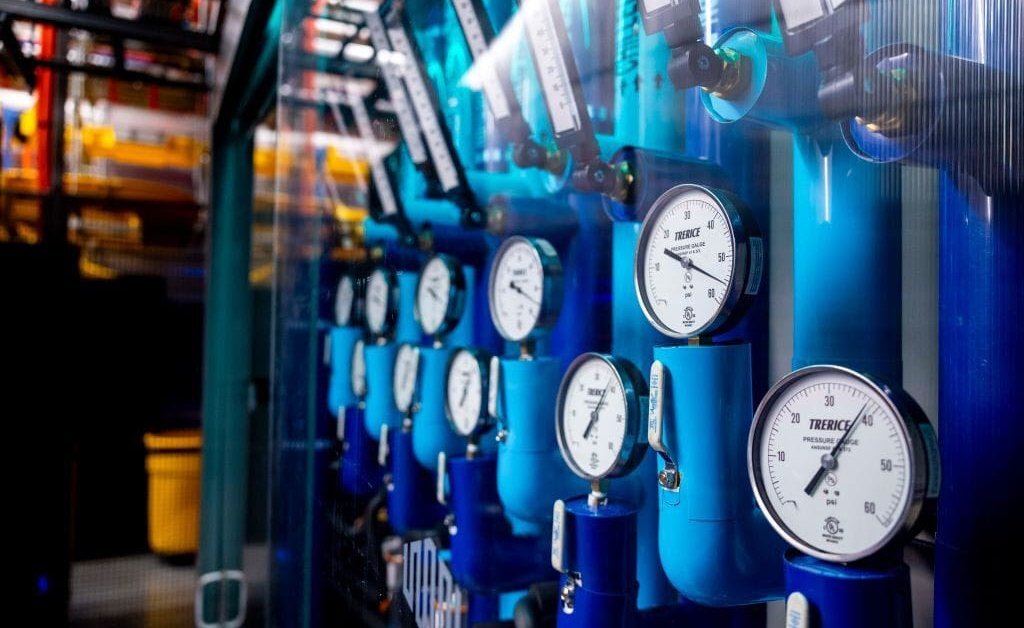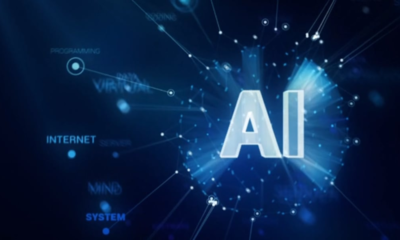Hello and welcome to the Tuesday edition of In the Loop. I’m writing to you while looking out over the sunny city of San Francisco, where I’m spending the week on a reporting trip. If you’re working on something cool here and want to say hi, feel free to shoot me an email at billy.perrigo@time.com.
What to Know: Californians are fearful of AI
Californians are more concerned than excited about the future of AI, by a margin of 55% to 33%, according to new polling shared exclusively with TIME ahead of its publication this Tuesday. Of the 1,400 adults polled, 48% said the technology was progressing “too fast,” compared to 32% who said the pace was “about right” and just 4% who said it was “too slow.” And 59% of respondents said they believed AI would benefit the wealthiest corporations and households most, compared to 20% who said it would most benefit working people and the middle class. The poll was funded by TechEquity, a progressive non-profit.
Support for regulation — The new data shows that 70% of Californians believe in the need for “strong laws to make AI fair.” But the data also reveals high levels of skepticism that those laws will ever be enacted. 59% of those surveyed say they don’t trust the California state government to control AI. Even more — 64% — said they do not trust the federal government.
A picture emerges — The poll adds to a growing collection of data from around the world suggesting that ordinary people are worried about the impact of AI on their lives. In January, I wrote about a U.K. poll that showed 60% of Brits favoring a ban on the development of “smarter-than-human” AI models. And in April, the Pew Research Center found that 43% of U.S. adults believed AI was more likely to harm than benefit them, compared to 24% who expected the benefits to outweigh the harms.
Ground zero — California is emerging as a key battleground for efforts to legislate on AI, as the state where most top American AI companies are based. Last year a bill that aimed to regulate so-called “frontier” models cleared the state legislature, only to be vetoed by Governor Gavin Newsom. That hasn’t stopped other efforts to regulate AI in the state, however. California “is a place where you can still legislate and govern with a semi-functioning legislative process, which is not something you can say about D.C., particularly on this topic,” says Catherine Bracy, the CEO of TechEquity. “The federal government has made it clear that they are going to be completely hands-off, if not creating rules that unleash the industry even more,” Bracy says. “[So] it is incumbent on the states to pick up the slack and make sure that real people who are going to be impacted by these tools are protected.”
Who to Know: Dean Ball, former White House advisor on AI
For a stint in office, it was an unusually impactful one. Dean Ball joined the Trump Administration in April—headhunted based on an essay he had written titled “Here is what I think we should do” about AI policy. What followed was a whirlwind five months in government, in which he played a key role contributing to the AI Action Plan, Trump’s AI policy, which was announced in July. Earlier this month, Ball announced he was leaving the government to focus on his own research.
Action planning — Trump’s Action Plan won praise for its emphasis on bolstering U.S. energy grid capacity, plus onshoring datacenters and the production of the chips that power them. The document also urged U.S. companies to focus more on developing open-weight AI models, to prevent the world from coming to rely on Chinese models (which are currently the best in class). The document framed these recommendations, and more, in terms of the escalating AI race with China.
Exit interview — In an interview with TIME, Ball emphasized the importance of AI to the Trump administration. “AI is the President’s number one technology policy priority, by a significant margin,” he said. At the same time, Ball says, there is a lot of skepticism inside the Administration toward AI industry projections that superintelligent machines are some two to five years away. “The diffusion of AI is going to take a really long time,” Ball says. “I’ve lived through technology revolutions before, where I was young and bright-eyed and thought it was all going to happen in two or three years. And it turns out a lot of it did happen, but it took 15.”
AI in Action: Should you delete your old emails to save water?
An official U.K. government document, published last week, has caught a lot of heat online for suggesting that users should “delete old emails and pictures” to save water during a drought, because data centers “require vast amounts of water to cool their systems.”
It is true that many data centers use water for cooling, but let’s get a sense of perspective here. Andy Masley, a blogger who has written several illuminating pieces about the energy and water expenditure of AI systems, ran the numbers. Fixing a leaking toilet, he wrote, can save 200-400 liters of water per day.
“To save as much water in data centers as fixing your toilet would save, you would need to delete 1.5 billion photos, or 200 billion emails. If it took you 0.1 seconds to delete each email, and you deleted them nonstop for 16 hours a day, it would take you 723 years to delete enough emails to save the same amount of water in data centers as you could if you fixed your toilet. Maybe you should fix your toilet.”
As always, if you have an interesting story of AI in Action, we’d love to hear it. Email us at: intheloop@time.com
What We’re Reading
“Meta’s flirty AI chatbot invited a retiree to New York. He never made it home” by Jeff Horwitz in Reuters
A relentlessly bleak story from Jeff Horwitz, the best Meta reporter in the business.
“Bue’s story, told here for the first time, illustrates a darker side of the artificial intelligence revolution now sweeping tech and the broader business world. His family shared with Reuters the events surrounding his death, including transcripts of his chats with the Meta avatar, saying they hope to warn the public about the dangers of exposing vulnerable people to manipulative, AI-generated companions.”






































